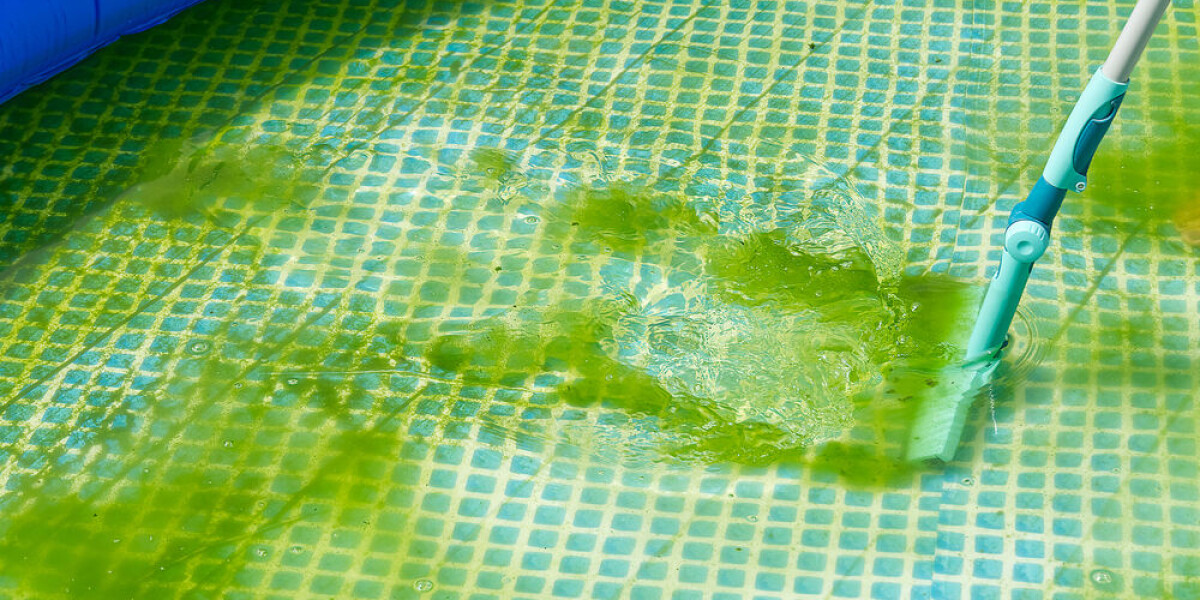Pool owners and drivers in south france: saharan sand and algae alerts
- Select a language for the TTS:
- UK English Female
- UK English Male
- US English Female
- US English Male
- Australian Female
- Australian Male
- Language selected: (auto detect) - EN

Play all audios:

MUSTARD-COLOURED ALGAE WILL SPREAD ALONGSIDE USUAL DUST DEPOSITS, POTENTIALLY IMPACTING POOLS AND OTHER BODIES OF WATER Drivers in the south of France may wake up to dirty cars this week,
even if they have just cleaned them, as another bout of Saharan winds bring sand deposits to the country. This time, however, the winds will also be carrying microscopic yellow mustard
algae (algue moutarde), which may fall into swimming pools and quickly spread, requiring owners to take caution. Some swimming pools in the south of France received deposits of the algae
from the last Saharan winds which hit France in May. The algae spreads quickly in hot and/or stagnant water, making pools an ideal breeding ground. It can be very difficult to remove and can
be chlorine resistant. If you have a pool, experts recommend taking the following steps to prevent the spread of the algae, which include: * Regularly checking chlorine levels (even if
partially chlorine resistant, it will help prevent massive spread of algae) * Balancing the pH levels of your pool: the ideal pH of swimming pool water is generally between 7.2 and 7.6 *
Using an algicide suitable for mustard algae – these are different to general algicides * Regularly cleaning your pool * Brushing the walls and bottom of your pool to remove the algae Read
more: Above-ground swimming pools in France: rules, prices, installation LITTLE HEALTH RISK IS POSED BY SAND DEPOSITS The dust will settle over much of the south of France, with new deposits
falling until the end of the week, when the warm air is likely to be pushed out of France and back into the Mediterranean. Read more: Weather in France June 17 - June 21: Forecast by area
this week Winds that bring these particles are a natural phenomenon, although have become more numerous in recent years. The phenomena, usually caused by ‘Sirocco’ winds from Morocco, sees
sand particles kicked up into the air by warm, powerful gales that traverse the Sahara. These winds then travel north, over the Mediterranean and Pyrénées (the sand is carried around 4,000m
above sea level), where the particles constantly batter into each other and get ground into smaller and finer particles. When the wind no longer has the energy to carry this dust, or the
particles become too small, they fall down, covering cars and buildings as well as changing the hue of the sky. The particles themselves are not dangerous – although as they are so small
they are breathable – but do reduce air quality in areas where they fall. No health warnings are usually given, even when large deposits fall, however pregnant women, children, and those
with respiratory issues should be careful when outside, and avoid strenuous outdoor activities.